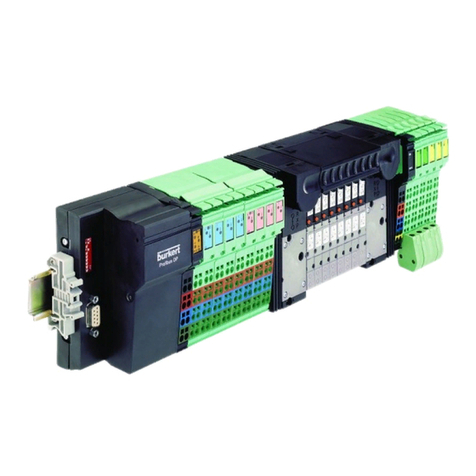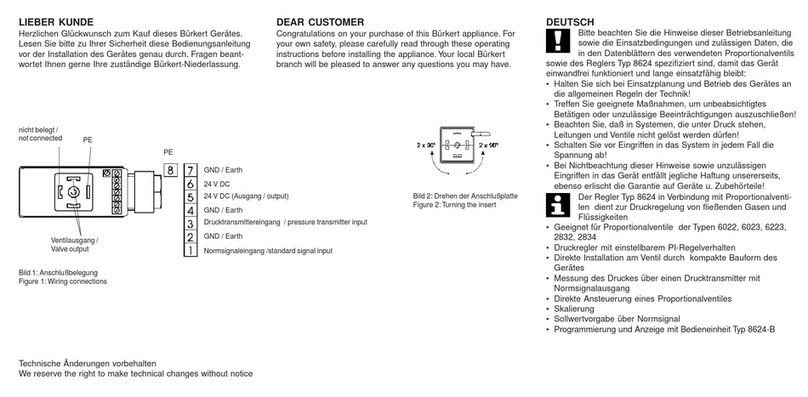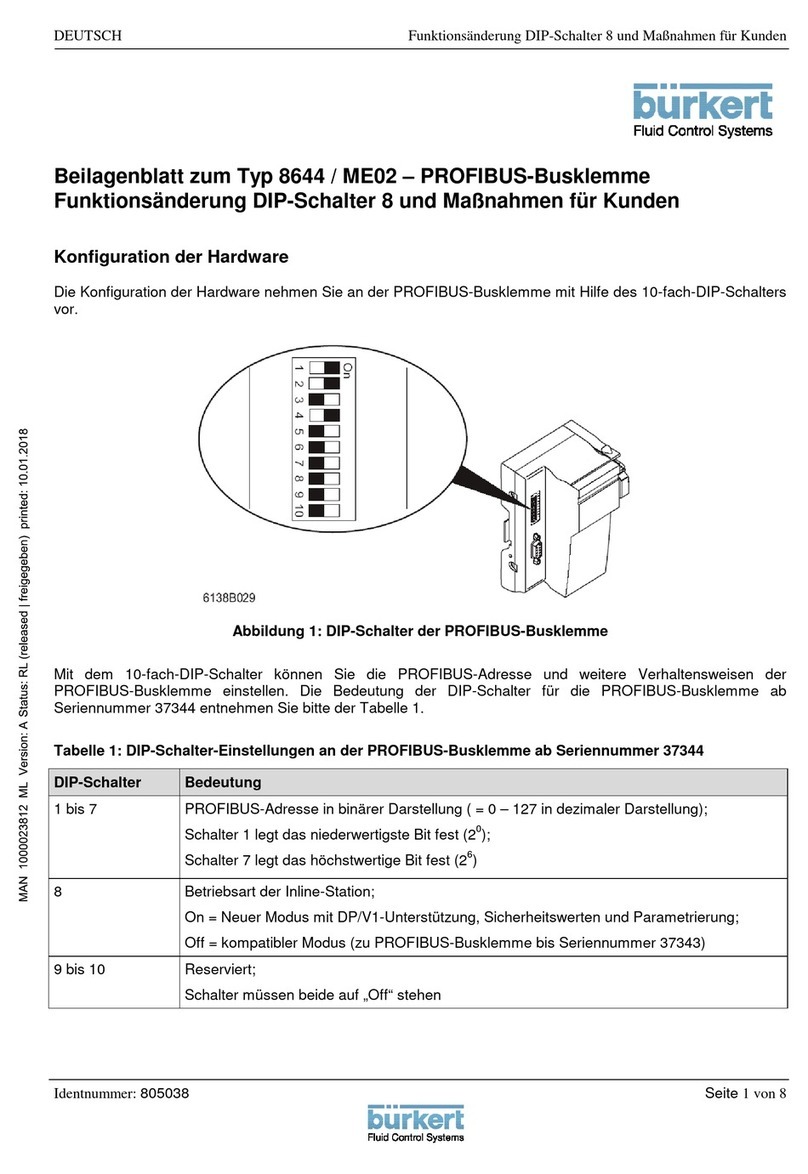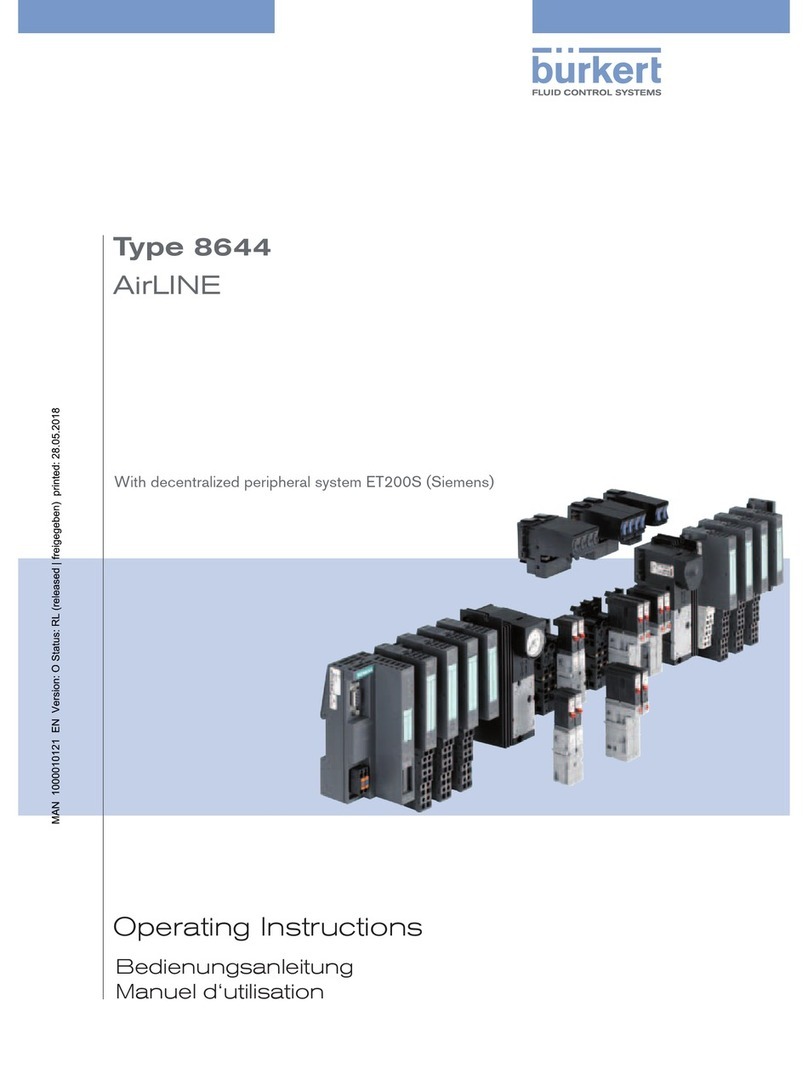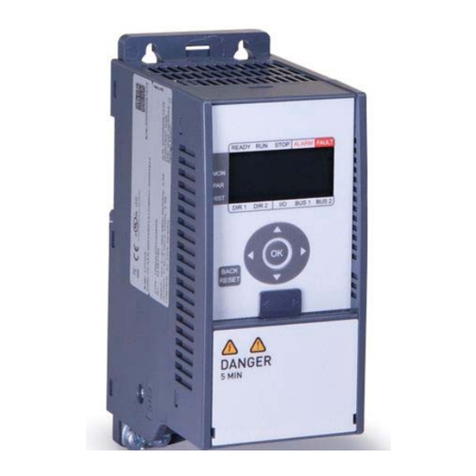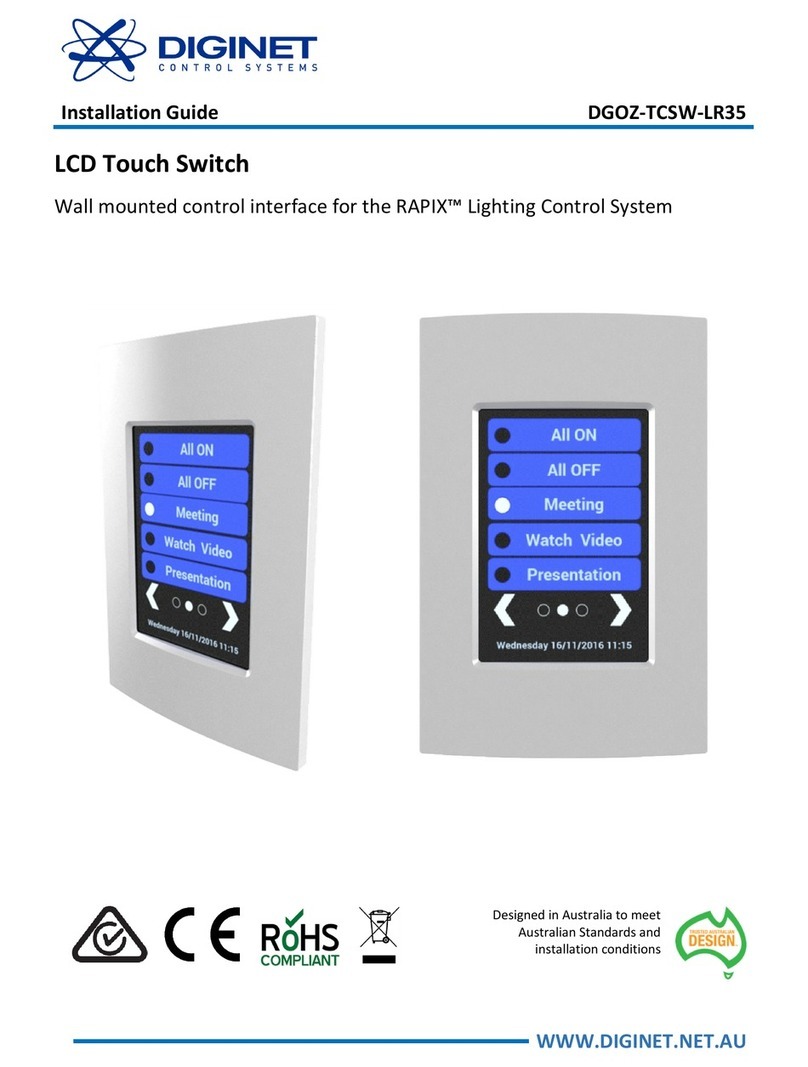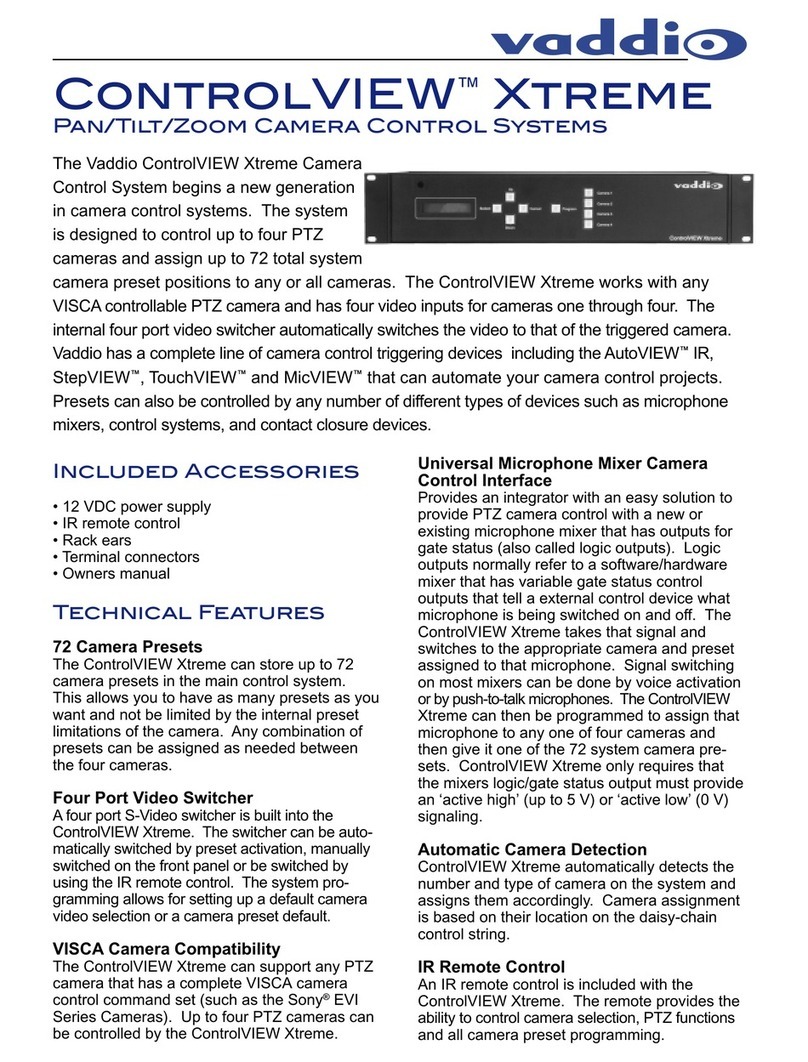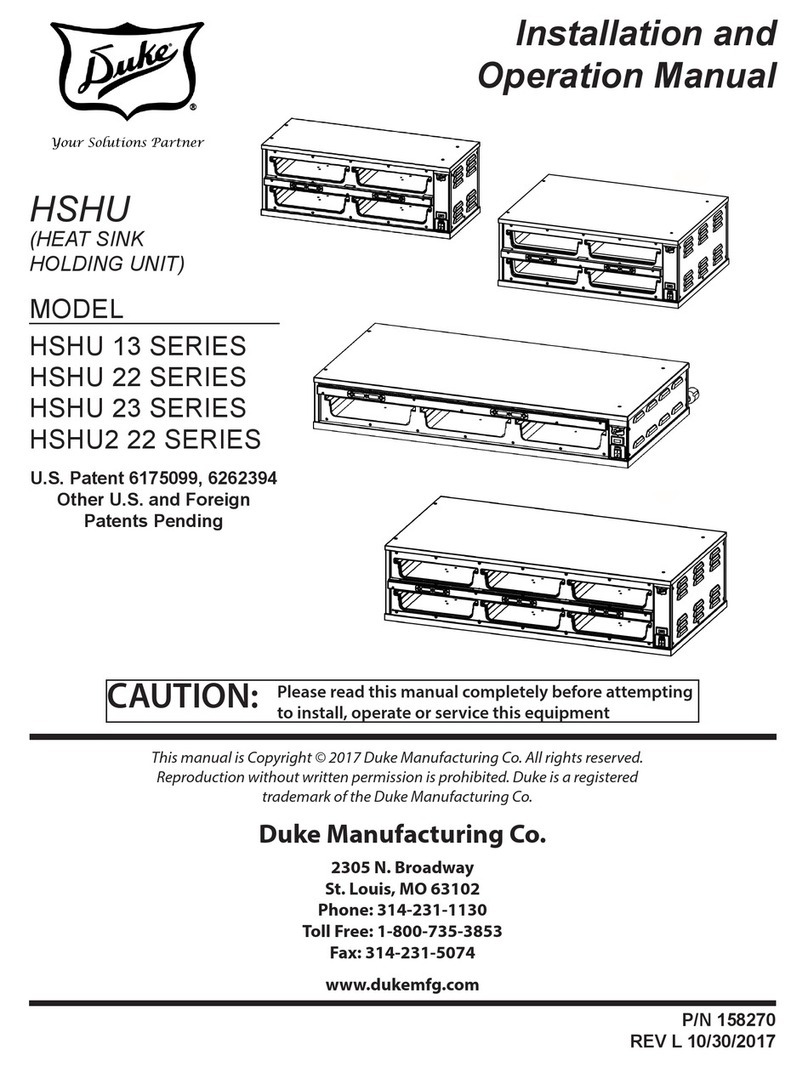
3
Contents
1 OPERATING INSTRUCTIONS ................................................................4
1.1 Symbols .......................................................................................4
1.2 Definition of the Term “Device”............................................... 4
2 AUTHORIZED USE ......................................................................................5
2.1 Restrictions .................................................................................5
3 BASIC SAFETY INSTRUCTIONS ..........................................................5
4 GENERAL INFORMATION ........................................................................7
4.1 Contact Addresses ...................................................................7
4.2 Warranty ...................................................................................... 7
4.3 Information on the Internet ......................................................7
5 SYSTEM DESCRIPTION ............................................................................7
5.1 General description ..................................................................7
5.2 Intended application area ........................................................7
5.3 Conformity ................................................................................... 7
5.4 Standards ....................................................................................7
6 TECHNICAL DATA ........................................................................................8
6.1 Description of the type label ...................................................8
6.2 Labeling of the forged body .................................................... 8
6.3 Operating conditions ................................................................ 8
6.4 General technical data ...........................................................11
7 STRUCTURE AND FUNCTION............................................................12
7.1 Structure ....................................................................................12
7.2 Type description ......................................................................12
7.3 Function .....................................................................................13
8 INSTALLATION ............................................................................................13
8.1 Safety instructions ...................................................................13
8.2 Before installation ....................................................................14
8.3 Installation .................................................................................16
9 MAINTENANCE, CLEANING ................................................................18
9.1 Safety instructions ...................................................................18
9.2 Maintenance work ...................................................................18
10 REPAIRS.........................................................................................................19
10.1 Safety instructions ...................................................................19
10.2 Replacing the diaphragm ......................................................20
11 SPARE PARTS, ACCESSORIES ........................................................22
11.1 Order table ................................................................................22
11.2 Handwheel locking device option .......................................24
12 PACKAGING, STORAGE, DISPOSAL ..............................................24
english
Type 3232, 3233, 3233 K, 3234,
3235, 3239
